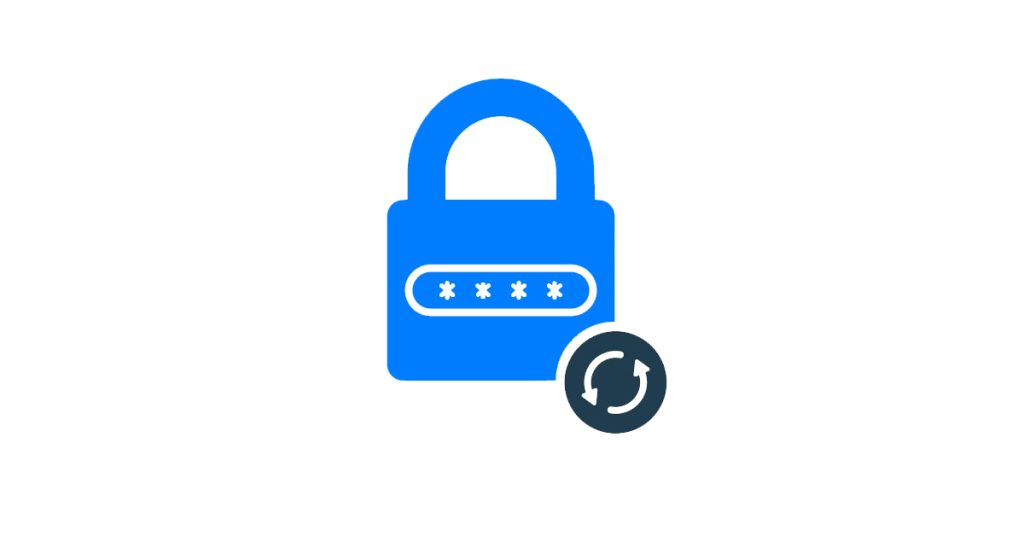Breaking free from the endless loop of password resets can be challenging, but implementing a combination of best practices and tools can significantly reduce the frequency and frustration associated with this issue. Here are some effective strategies:
1. Use a Password Manager
A password manager can store and manage your passwords securely, reducing the need to remember multiple complex passwords. This tool can generate strong passwords and autofill them when needed, minimizing the chances of forgetting them.
2. Implement Multi-Factor Authentication (MFA)
Adding an extra layer of security through MFA can prevent unauthorized access even if a password is compromised. This method requires users to provide two or more verification factors to gain access, making it harder for attackers to exploit password resets.
3. Optimize Password Policies
Review and adjust your password policies to find a balance between security and usability. Avoid overly stringent requirements that lead to frequent resets. Consider:
- Setting reasonable password complexity requirements.
- Allowing passwords to remain valid for a longer period.
- Avoiding forced regular password changes, which can lead to weaker password choices14.
4. Self-Service Password Reset Tools
Implementing self-service password reset tools can empower users to reset their passwords without involving IT support, reducing the workload on helpdesks and speeding up the process for users. Ensure these tools use secure methods like security questions, email or SMS verification, and MFA.
5. Educate Users
Educate users on the importance of strong, unique passwords and the use of password managers. Regular training sessions can help users understand the risks of weak passwords and the benefits of using secure password practices.
6. Implement Rate Limiting and CAPTCHA
To prevent abuse of the password reset feature, implement rate limiting and CAPTCHA. This can help mitigate the risk of denial-of-service (DoS) attacks and automated scripts that trigger multiple reset requests.
7. Monitor and Audit Password Reset Requests
Regularly monitor and audit password reset requests to detect any unusual activity. This can help identify potential security threats and take timely action to mitigate them.
8. Simplify Authentication Across Systems
Reduce the complexity of managing multiple passwords by using single sign-on (SSO) solutions where feasible. This can help users manage fewer passwords and reduce the likelihood of forgotten passwords.
9. Clear Communication and Support
Ensure users receive clear instructions and support during the password reset process. Providing a straightforward and user-friendly interface can reduce confusion and errors during resets.
10. Avoid Common Security Questions
Traditional security questions can be easily guessed or found online. Instead, use more secure methods for verifying user identity during password resets, such as sending a verification code to a registered email or phone number.By adopting these strategies, you can significantly reduce the frequency of password resets and improve the overall security and user experience of your system.
